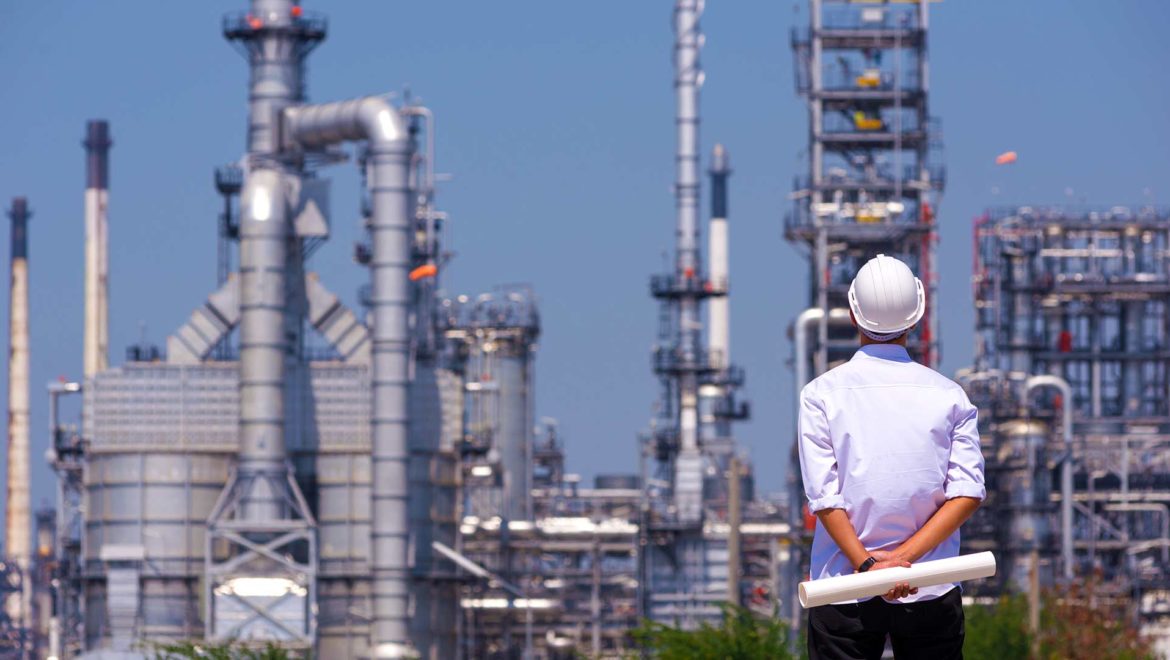Realizing the Benefits of a Truly Integrated PHA Process
This webinar highlights and discusses the benefits and importance of integrating the Process Hazard Analysis (PHA) process with your Management of Change (MOC) process, conducting a PHA on Capital and Plant Projects, and ensuring the adequacy of the PHA team membership. Apart from the obvious benefit of identifying hazards and mitigating them before the process is built, PHAs can also be used to identify issues with the design, screen out potential surprises and costly system modifications, and help with budgeting and revenue allocation for the project life cycle.
In order to accomplish successful integration and realize the inherent benefits, it is imperative to obtain buy-in from the management team and the appropriate subject matter experts that should be part of the Process Hazard Analysis team.
By the end of this presentation, you should be able to present your organization with specific examples to support these types of discussions and open the door for approaching leadership to implement some or all of the suggested practices and approaches.
Presenter

Nestor Paraliticci
Nestor Paraliticci is a former Senior PHA Facilitator at Provenance Consulting. He has over 10 years of experience in the Oil and Gas Industry along with over 10 years in the Safety and Health Industry. With a focus in PHA/LOPA facilitation and training, he also provides process safety management services including process safety compliance, incident investigation, and project management.
Nestor holds a B.S. in Mechanical Engineering from the University of Detroit in Detroit, Michigan.



